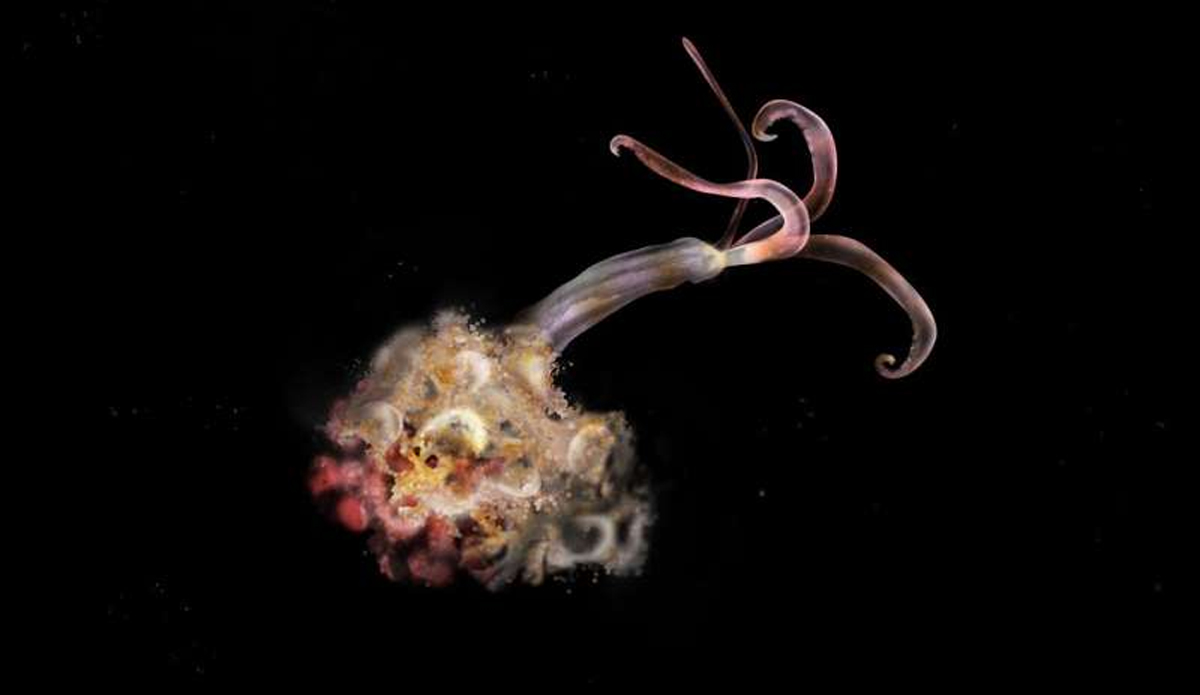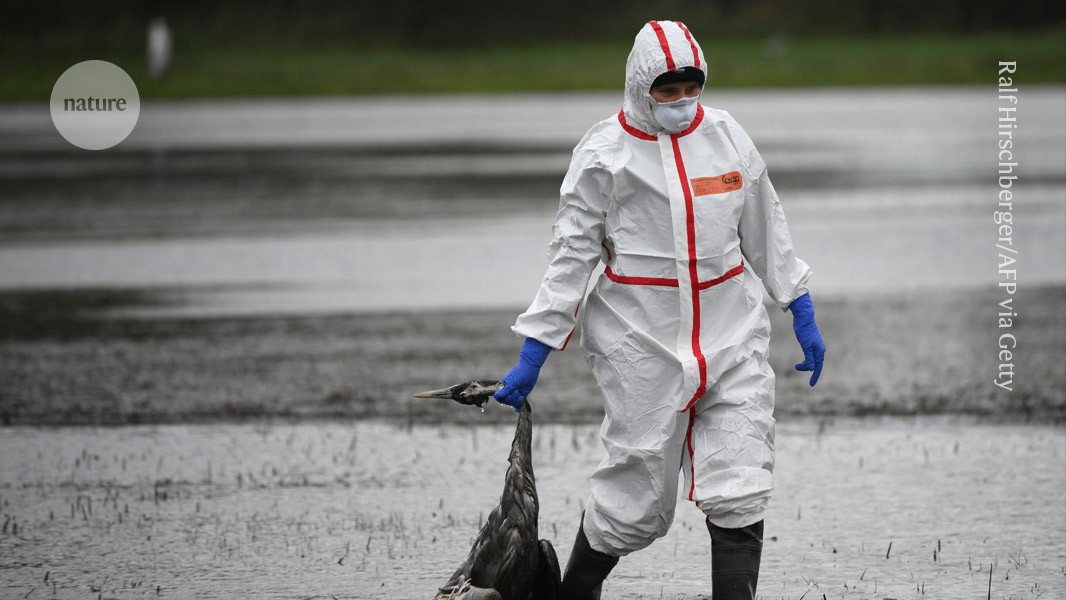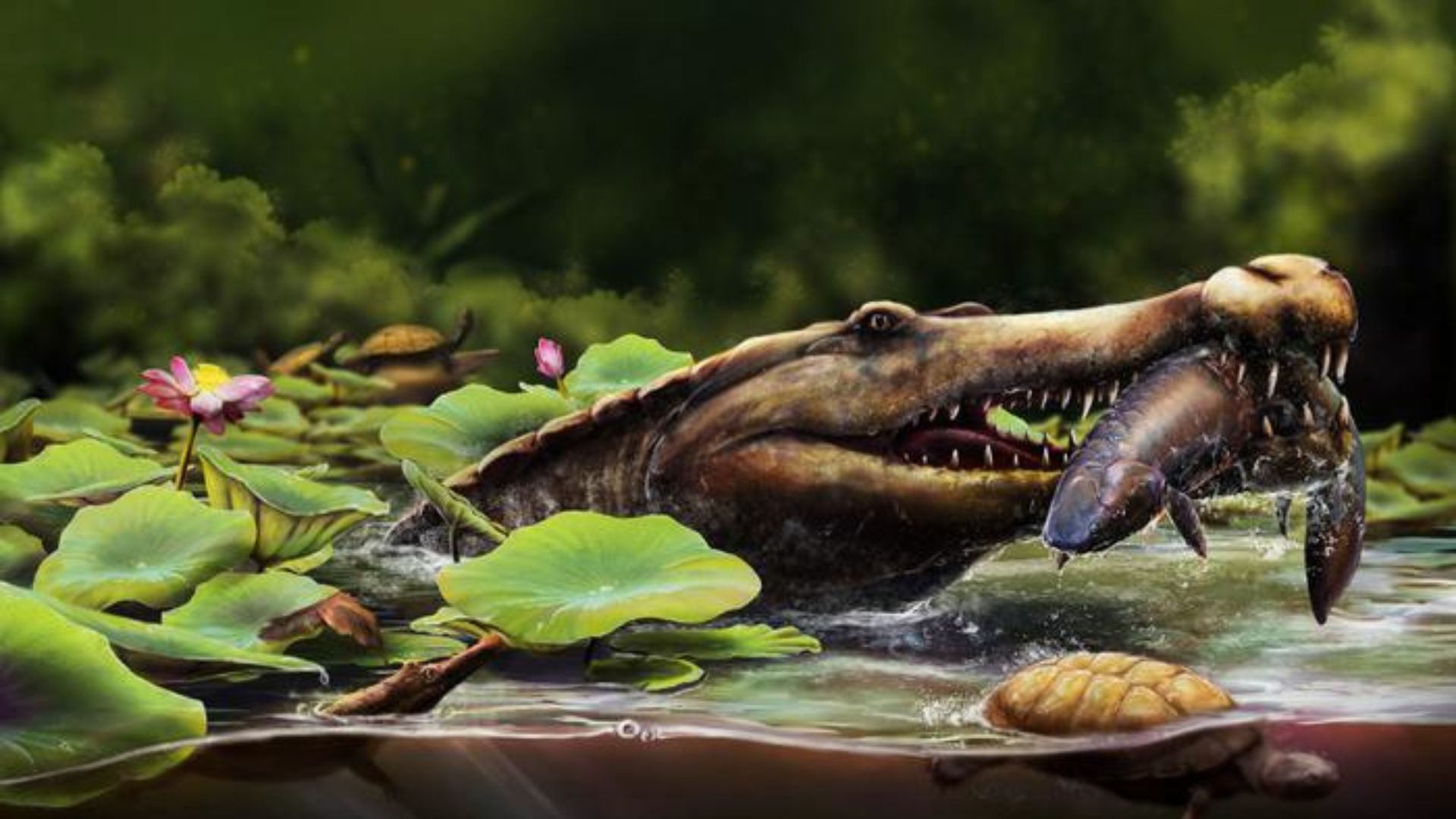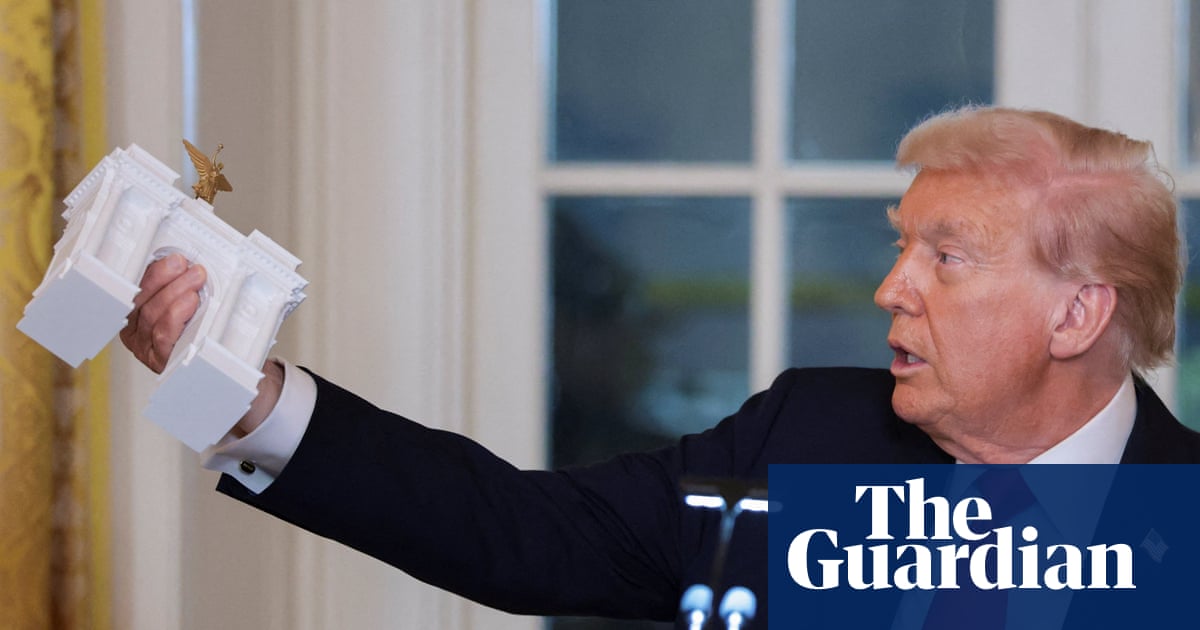Fossilized remains of a long-snouted crocodile-like reptile have been uncovered in Egypt’s Western Desert.
Paleontologists from Mansoura University have named the new species of ancient crocodile as Wadisuchus kassabi, which lived about 80 million years ago.
It was a 3.5–4-meter (11.4 feet – 13 feet) long reptile with a long snout and sharp teeth.
The new fossil is key to understanding the evolution of the Dyrosauridae — an ancient crocodile group that stood apart from modern species.
Interestingly, the species is notably the oldest known member of this Dyrosauridae group.
Fossil examination using CT scans
The Wadisuchus kassabi fossils were found near the Kharga and Baris oases in Egypt’s Western Desert.
The discovery includes two partial skulls and two snout tips from four individuals at various growth stages, offering rare insight into how dyrosaurids developed.
Researchers used high-resolution CT scans and 3D surface models to uncover exceptional anatomical details from these specimens.
The species displayed several unique characteristics that marked a gradual adaptation in the dyrosaurid bite and an important step in their evolution.
It possessed four teeth at the front of the snout, unlike the primitive five seen in other dyrosaurids. The ancient reptile’s nostrils were positioned on top of the snout for surface breathing.
Moreover, it had a deep notch at the tip where the jaws met.
“Beyond the distinctive features of Wadisuchus, it plays a crucial role in understanding the origin of the dyrosaurid group,” said Sara Saber, lead author of the study, and Assistant Lecturer at Assiut University.
“The new species pushes back evidence for an African origin of Dyrosauridae and suggests that their diversification began earlier than previously thought—possibly during the Early Coniacian–Santonian (about 87–83 million years ago), rather than the traditionally assumed Maastrichtian (about 72–66 million years ago),” explained Saber.
As compared to modern crocodiles, dyrosaurids were masters of coastal and marine environments.
The slender, needle-sharp teeth allowed these ancient reptiles to capture slippery prey like fish and turtles.
Ancestor of the group
The ability to survive and disperse globally after the extinction of the dinosaurs makes them a vital subject to study how reptiles adapted and diversified following a catastrophic collapse of global ecosystems.
It suggests Africa was the “cradle” of dyrosaurid evolution, with later lineages spreading globally.
Furthermore, the analyses consistently position the new species as an ancestor of the entire dyrosaurid group.
“The significance of Wadisuchus lies not only in what it reveals about the evolutionary history of this remarkable group of crocodiles—though that is a major achievement—but also in what it reminds us of: Egypt’s Western Desert still holds treasures that preserve the secrets of our planet’s deep past,” said Belal Salem, PhD student at Ohio University, member of the Sallam Lab.
“Our mission is not only to uncover these fossils but also to protect the fossil-rich sites from urban expansion and agricultural encroachment. They are a legacy for generations of Egyptians to come,” Salem added.
The name Wadisuchus kassabi combines: Wadi (Arabic for “valley,” referring to the New Valley discovery site) and Suchus (after the ancient Egyptian crocodile god Sobek).
First Appeared on
Source link













